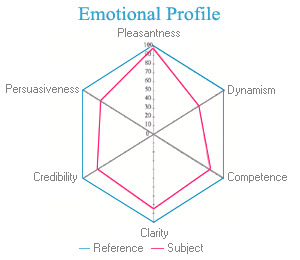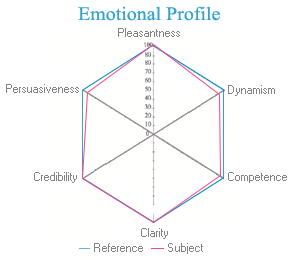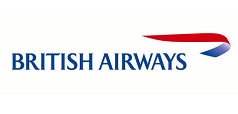Analysing and Developing Leaders
As you progress in your career, initially you will be promoted for good technical ability. Once you reach a certain level you assume greater leadership and management responsibility. We believe the key difference that puts clear water between you and others is your communication ability. It is these skills that will become more important and help you to realise your true leadership potential.
Many companies claim a bespoke service but when it comes to our approach to analysing and leadership development, we believe our offering really stands out. Typically our leadership development program covers:
We work with your material and apply our concepts and principles to your situations ranging from client meetings to All Staff Town Hall keynote presentations.
We believe everyone is unique and so one size does not fit all. So we use our diagnostic tool, Personal Presence Analysis (P.P.A.®). This accurately measures and pinpoints key attributes of both body language (non-verbal communication) and emotional expression.
Personal Presence Analysis® (P.P.A)
Why?
Anyone who has been in the corporate world will know that everyone has a different way of communicating and it is the subtle combination of your “Words, Music and Dance” that determines how the audience receive your message and how successful you are. Our diagnostic tool scores the “Music and Dance” elements of emotional expression and body language to show you how you are perceived by others and highlight the areas that can be improved.
How does it work:
We make four 2 minute audio and video recordings in different emotional states. The data is then sent to Geneva where it is analysed and interpreted by both computer and our associate professor. The output is turned into a bespoke 20-page report making improvement recommendations which are then fed back to the client.
Benefits:
Case Study 1: Banker
We were asked to work with a banker who was pitching ideas to a credit committee. His recommendations were not being well received or acted upon. We used P.P.A. to find out what was happening and then coached improvements. This significantly raised his performance and as a result, he became more successful.
Before The speaker’s voice is very low in pitch (which is excellent!), it is weakly modulated, and has a good loudness level. The rate of information output is a little low which is mainly due to numerous disfluencies (e.g. “you know”), which were not included in the calculation of the rate of information output.
After (3 months later). The pitch of the speakers voice is still excellent (i.e. very low), his voice is still a bit weakly modulated, but all of the other vocal parameters show excellent values. Compared with the previous analysis fluency is perfect


Who would benefit from this?
Case Study 2: Political Leaders
Now that the Live TV debates have become a right of passage for our political leaders, for the last two General Elections we have analysed the relative styles of the key speakers to show strengths and weaknesses. More can be discovered about our leadership development below.
To see how David Cameron, Ed Miliband, Nick Clegg and Nigel Farage did in 2015 Click here
2010: David Cameron, Nick Clegg and Gordon Brown
Click here for a free download of the reportDiscover how we can help you and your team.
Contact us:
Tel: +44 020 7831 8700
Email: enquiries@clearwateradvisers.com
Working with















